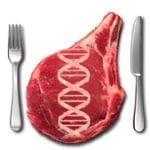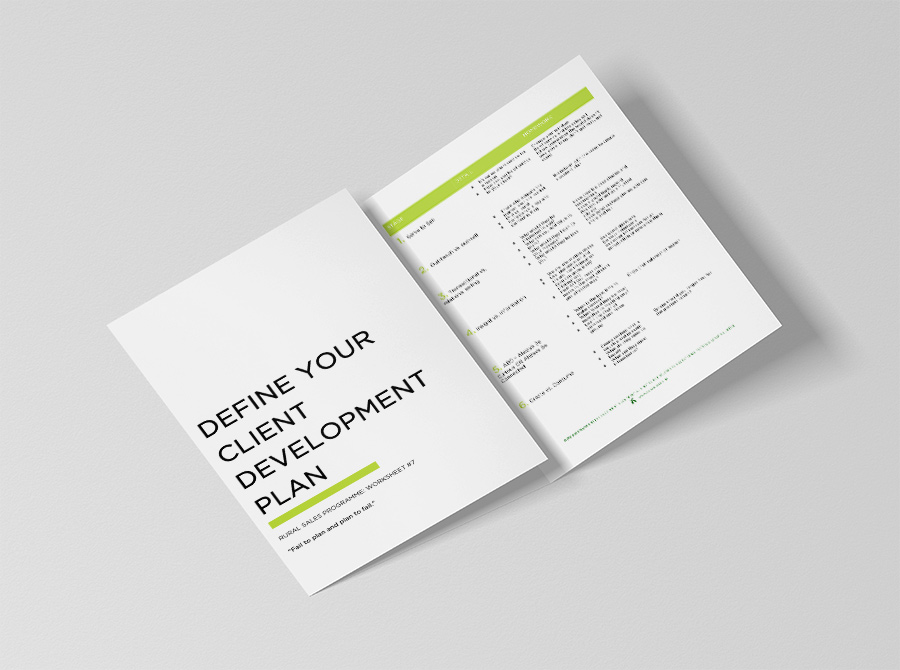B+lNZ Future Meat Report – Great On Detail, What’s The Solution?
I was eager to read this report. As eager as I am to read their much anticipated Red Meat Story (which by my best guess will be about the provenance of real meat, and rightly so because it’s their only point of difference). Beef + Lamb New Zealand (B+LNZ) should be applauded for commissioning such a thorough analysis on the challenge and opportunities from alternative protein. Its Future Meat Report is a solid piece of work that will be doing the stakeholder rounds and roadshows up and down the country as we speak. However having read it what are the next actions? And does it go far enough?
Its Executive Summary suggests, in regards to our story, “we just need to tell it better”. It’s too simplistic to say this. To be fair and credit the agency Antedote, they recognise this too as they go deeper explaining each of the different strategic scenarios and responses which offers the greatest value to readers.
Being ready for the threat of alternative proteins and their cashed-up Silicon Valley investors will take far more than having a good story. It will require a massive mindset shift and a massive investment into the intangible of brand vs. the current status quo tangible of steel and plant equipment to achieve this. We’ll have to break our productivity addiction and become more focussed on profitability or we’re only as good as those business owners who brag about revenue but fail to mention margin. The same ones Warren Buffett talks about when the tide goes out you discover who’s been swimming naked. How soon we can make this shift is anyone’s guess and as much to do with bank balances as it is bravery.
As a strategy guy, the report’s real engine kicks in when it comes to the four main strategic scenarios New Zealand’s red meat sector faces underpinned with the specific recommendations and responses if each was chosen (Diversify, Innovate, Premiumise and Expand) . However the full report seems to ends rather abruptly with no meaningful conclusion or summary. A bit like a movie where the director has run out of budget. No one leads or leaves with a recommended or “most likely” scenario that I can see (unless I missed it). For the significant money spent on the report by levy paying farmers a recommendation would seem reasonable? Consultation and discussion with industry is a fine and likely response but “conversations” can only go on for so long. Farmers I speak to are asking when and where does such funded research and analysis turn into industry aligned action? And how will the farmer and meat companies balance sheets perform whilst we play a wait and see game? The problem when valuable insights like this aren’t actioned, it becomes a crime. Unsolved.
So do we wait or do we attack? The caricature that comes to my mind is a red meat sector being hauled up in defence with the drawbridge firmly closed as resources are slowly depleted against enthusiastic invaders desperate to penetrate the moat and sector with their new ladders and technology.
Waiting or defending usually means getting run over by something bigger, better, smarter or faster. Something you can’t control as opposed to something you can: your response. The one you can choose to make before the choice is made for you.
The report comes into its own when it focusses on case studies happening outside our industry reminding us that we can learn from others (something we should all do more as NZ Ag’s viewpoint can often be isolated and self-affirming). The case study that appealed most, and one where its owner described themselves as a premium “micro dairy”, is Dairy 1871. They use an artisanal method of processing and sell direct to speciality retailers (the “perimeter market” KPMG’s Ian Proudfoot warned us about) and Michelin Star restaurants. Note no mention of supermarkets. Whilst their concept isn’t original as they admit, perhaps their execution isn’t (because 90% of all strategy is execution because plans don’t implement themselves). The report places a lot of value on Dairy 1871 and its proprietary method and the food experience that they surround their products with. I like the simple, matter of factness of this quote which some red meat farmers might sympathise with:
“In this day and age, with the milk market so volatile, farmers have three options: you have to get a niche and process your own milk, you get bigger, or you get out.” Owner, Micro Dairy Trinity Valley, New York
The full report also features another case study: Fairlife Milk “who created an ultra-premium offer in dairy milk (which directly competes with nut milks) by offering a super premium benefit. They produce ultra-filtered milk which creates concentrated nutrients. The founders left the traditional dairy faming business to create a cooperative of 99 family owned farms, who all share the same standards and processes. As a collective they entered into a agreement with Coke to distribute their product.” Again, a proprietary method stands out as a differentiator to help support margin, in this case ultra-filtered milk.
So which of the four main scenarios put forward in this future meat report will come true?
Disappointingly, the authors don’t offer any firm recommendations. It comes up short on solutions for the sector to mobilise scarce resources around. Yet at the same time it stresses the value and benefits of pursuing and future proofing one single scenario: “to gain the economies of scale through working in a similar direction….each strategic response requires investment, it’s better to invest more in one direction vs. less in each ie. play to win”.
Everyone knows you can’t win a war fighting too many fronts.
So no answer from them. Which leaves the big question for us: which one will it be?
The choice has been made for us already. In the end it will be and has to be Scenario 2: Premiumise.
Why? Because red meat has to become the speciality choice. Environmental constraints and land use, the same ones facing dairy farmers now, will catch up with red meat farmers. There will be an emphasis on quality vs. quantity along the expected animal welfare codes. Poultry and pork are already formidable protein substitutions who can turn the volume dial up faster and more affordably than we can. Alternative proteins will take care of the lower end burger/US patty market. Farm input costs will never stay static so farmers will need to capture a premium to cover them as well as land prices which for some can only sustain poor farming practices for so long.
Because of this red meat will become like fine wine. Not an every day occasion but one that signifies and conveys an importance and specialty to family, friends or business customers. Even though Governments and health practitioners will increasingly warn us about our meat consumption and diets, as they did with wine, humans will always opt for what makes them feel good and what they see and value as real.
Red meat will be a celebrated ritual and enjoy more theatre. It will command the same respect like the best wine does when it’s served. The restaurant Bessie in Christchurch which I had the pleasure of eating at gets it completely. It’s a great example of where they are proudly carnivore and have an acute sense of who their market is and the eating experience they want.
So who will lead the charge? It won’t be industry associations like B+LNZ. They play a valuable role but are just facilitators and enablers to conversations like this. Just like Ikea does for Sweden and BMW does for Germany, it will be the meat companies along with the support of like-minded farmers who will need to collaborate. Let’s just hope the meat companies and our farmers can hang around long enough to have the balance sheets and capital to make and take the opportunities like alternative proteins present.
My prediction is we will see the rise of provincial, terroir meat which I concluded in my Kellogg report on disruptive innovation. This will need a big investment in and commitment to the discipline of crafting a well defined and documented brand story much like craft beers have (the good ones like Panhead and Tuatara have been rewarded by being bought out). Or the very successful viticulture sector who collaborate and leverage off proud provenance brands such as Gimblett Gravels which exports premium Syrah to the world at a premium price. As Peter Cullinane, CEO of Lewis Road Creamery told me when interviewed for a project case study: “The same tools we used 130 years ago are exactly the same tools we use now: price, volume, export and commodity. We have to break our addiction.”
Closer to home, the likes of Waipawa Butchery in Central Hawke’s Bay are showing how it can be done on a small scale (and yes I get it, not a scaled up export one). They’ve invested off their own bat in their story and creating a clear line of sight between them and their end customer with no intermediary blocking the view or substituting the product. On a small scale they’re showing others like them what can be done. If they did scale, they’d need more producer groups to meet demand as the likes of First Light Foods have being doing for the last ten years. A far better position to be value maker than price taker.
New Zealand farmers are world class producers of red meat who have successfully continued to farm and deliver huge productivity gains off less land and less stock – not more. We have the provenance and back story to substantiate this type of terroir branding that could and should do our industry and produce justice.
We need to attack as lead, not defend one. We can’t wait. As B+LNZ rightly say in their report cover note: “There is a window of opportunity to position ourselves globally as leaders in that naturally raised grass-fed space, and we must grab it with two hands.“
With a growing mistrust of “big food” by millennials, small can be cool and small can be beautiful. Just like New Zealand.
We can’t do volume so we have to do value because our limited resources dictate the space we can play in. It’s a game we must win.
Has our red meat sector learnt from (peak) dairy? Time will tell. And as I said before, first movers might just enjoy most of the spoils. What a fascinating ride it will be.
Have you read the B+LNZ Future Meat report yet? What scenario do you think our red meat sector will end up in and why? I’d love to hear from you.





